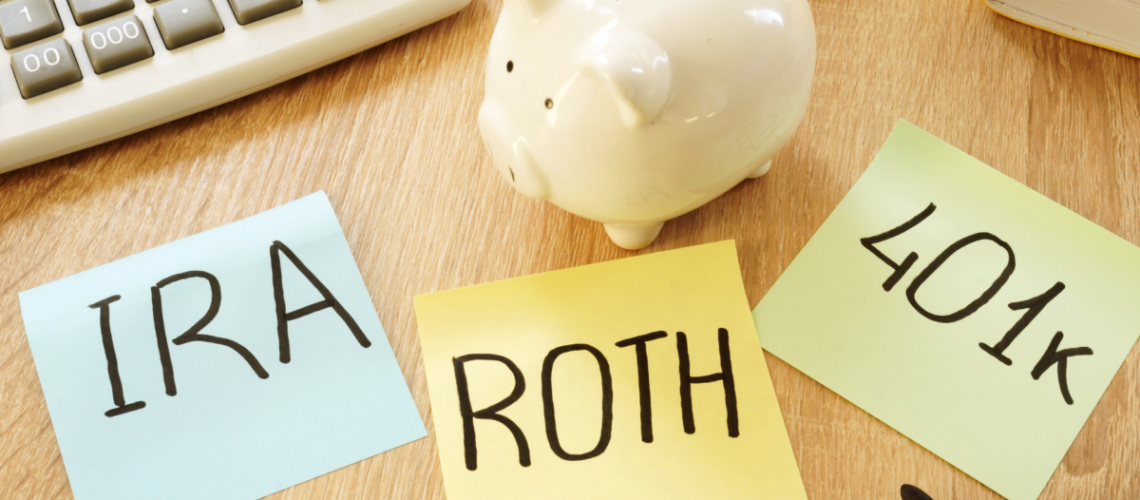In 2019, the Setting Every Community Up for Retirement Enhancement (SECURE) Act changed some of the rules surrounding retirement savings to help individuals gain more access their savings. In late 2022, SECURE Act 2.0 was signed into law with major updates related to retirement and savings. It’s designed to help Americans prepare for retirement by creating more opportunities for saving and flexibility for spending. Since ROTH accounts are a common savings vehicle, they were impacted quite a bit by SECURE and now SECURE 2.0.
Increase in ROTH Catch-Up Contributions
Beginning for all tax years after 12/31/23, all catch-up contributions to qualified retirement plans are subject to Roth tax treatment if the employee’s compensation is more than $145,000.
The way catch-up contributions worked in the past is that 401(k) participants who are age 50 and older can add up to $7,500 extra money into their 401(k), which is taxed when the money is withdrawn, or into a Roth 401(k), which is taxed when the money is put in.
Now, under SECURE 2.0, high-income earners are limited to only making their catch-up amounts into a ROTH. That means instead of being taxed LATER when income is likely lower, catch-up amounts must be categorized as a ROTH contribution.
Expansion of ROTH Capabilites
There are a few other changes SECURE 2.0 has put in place to make saving and using a ROTH a more accessible savings options for many taxpayers. Scroll over the icons below to see an overview of these changes.

Employer Matching
Previously, matching in employer-sponsored plans were made on a pre-tax basis.
Unused 529 into Roth
SIMPLE/SEP

Special Needs Trust
A more common way many employees save is through a 401(k) plan, which also has several new rules. If you’re interested in learning more about ways use these changes to create a more strategic approach to your savings, let’s set up a meeting.

Chris VanArsdale
Chris is a Strategic Analyst who maintains expertise in litigation support, international taxation, and complex entity and fiduciary taxation services.


